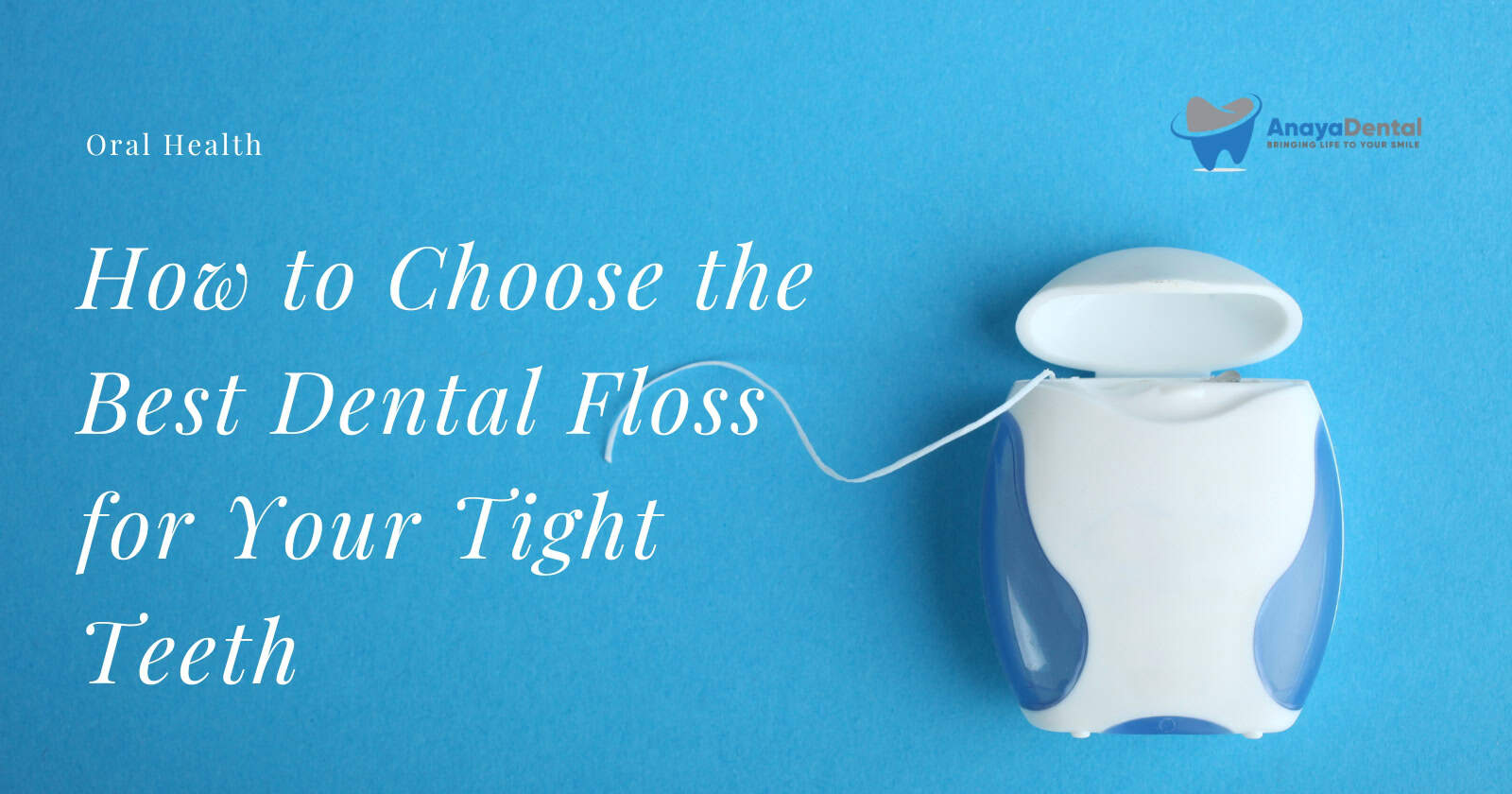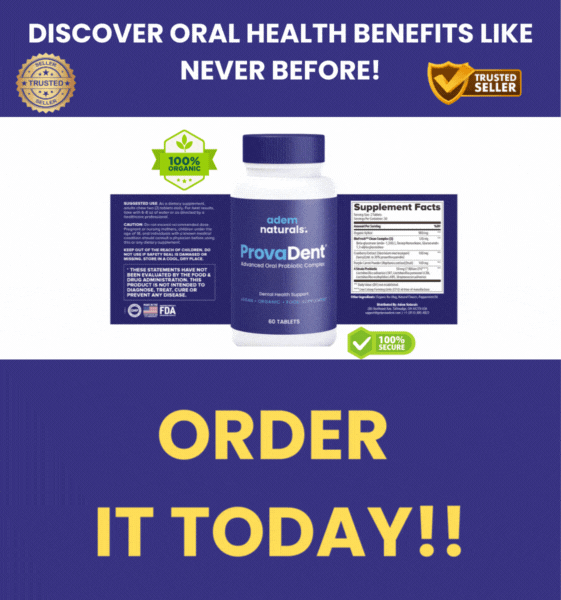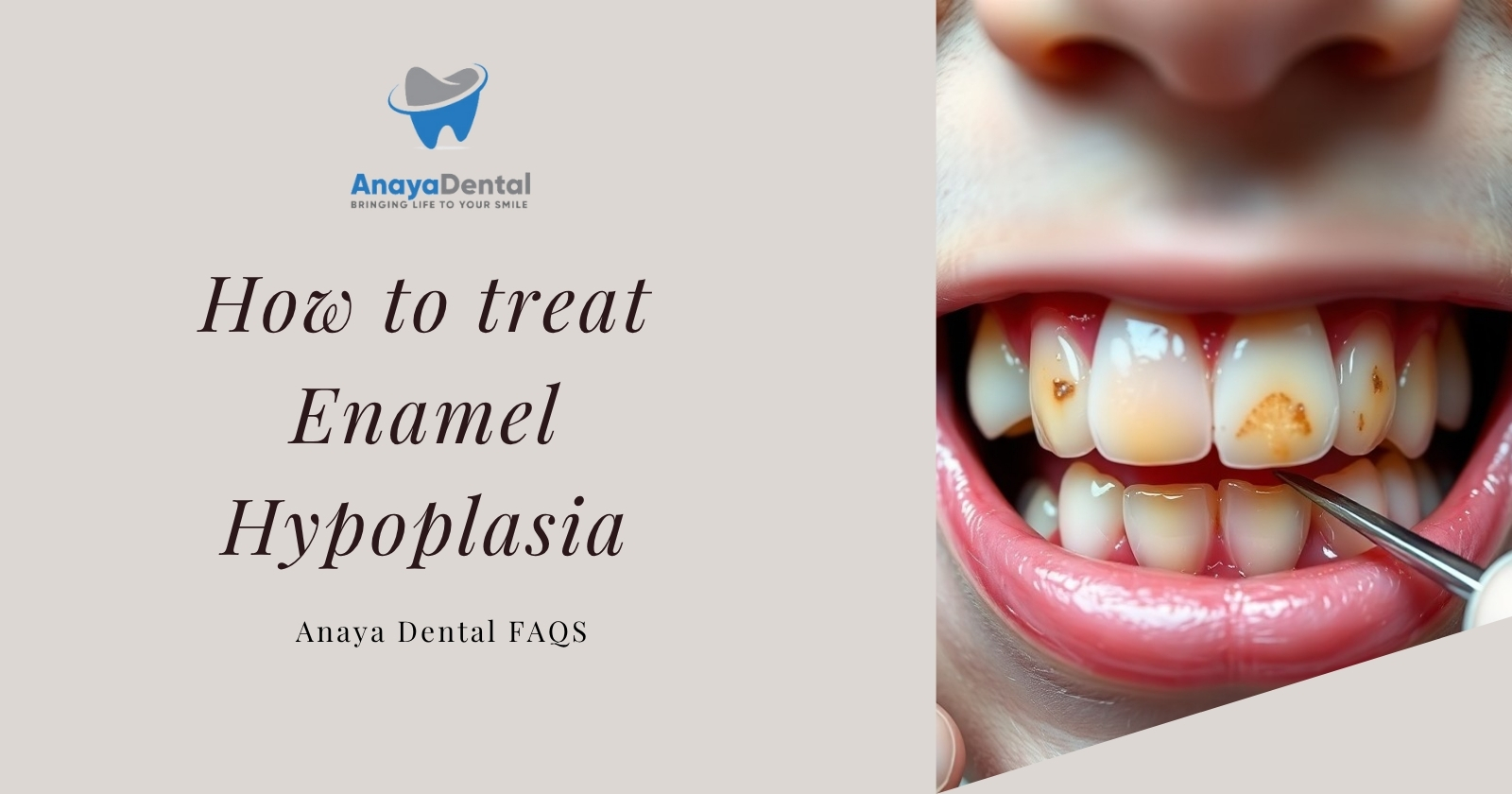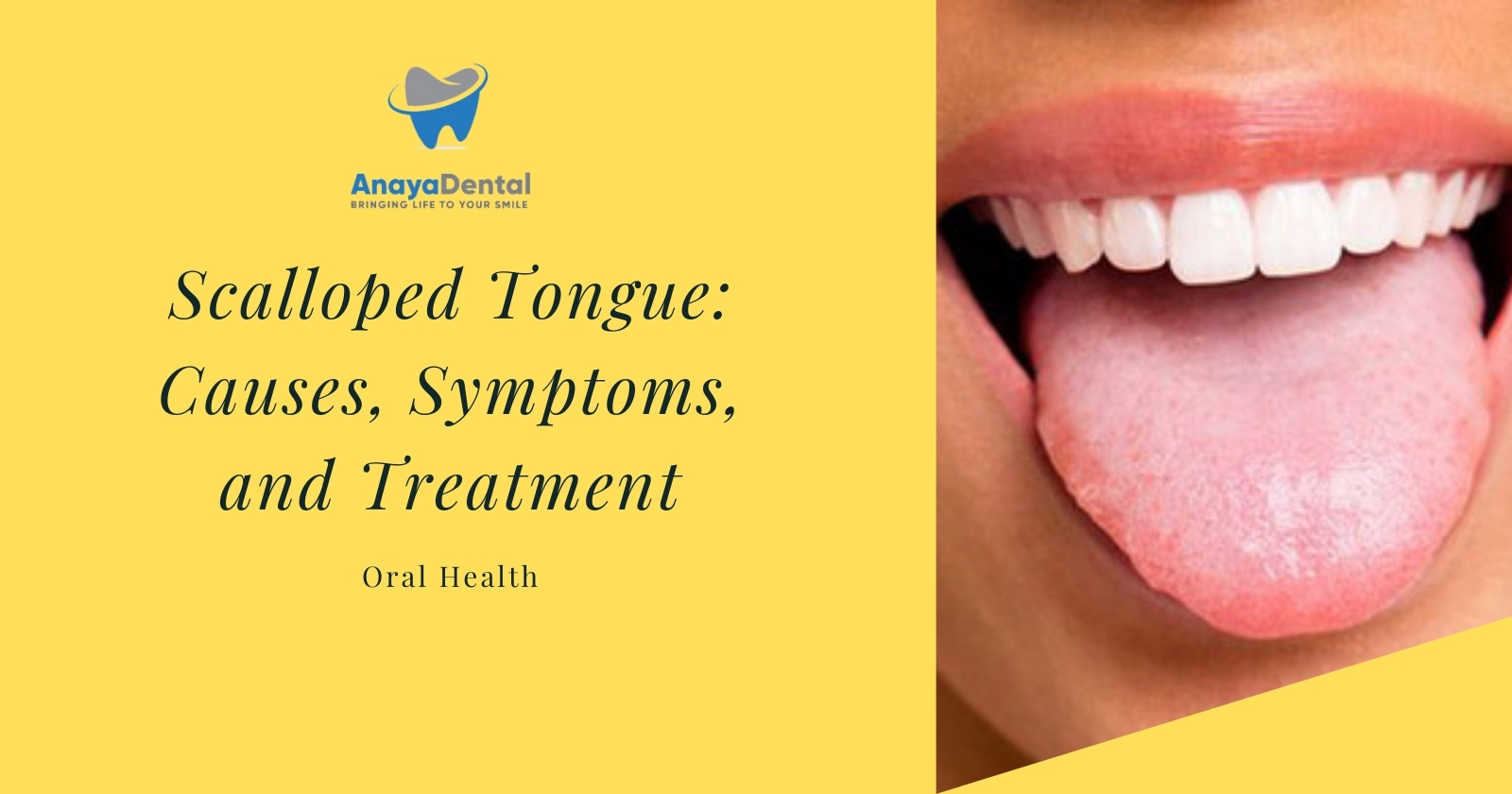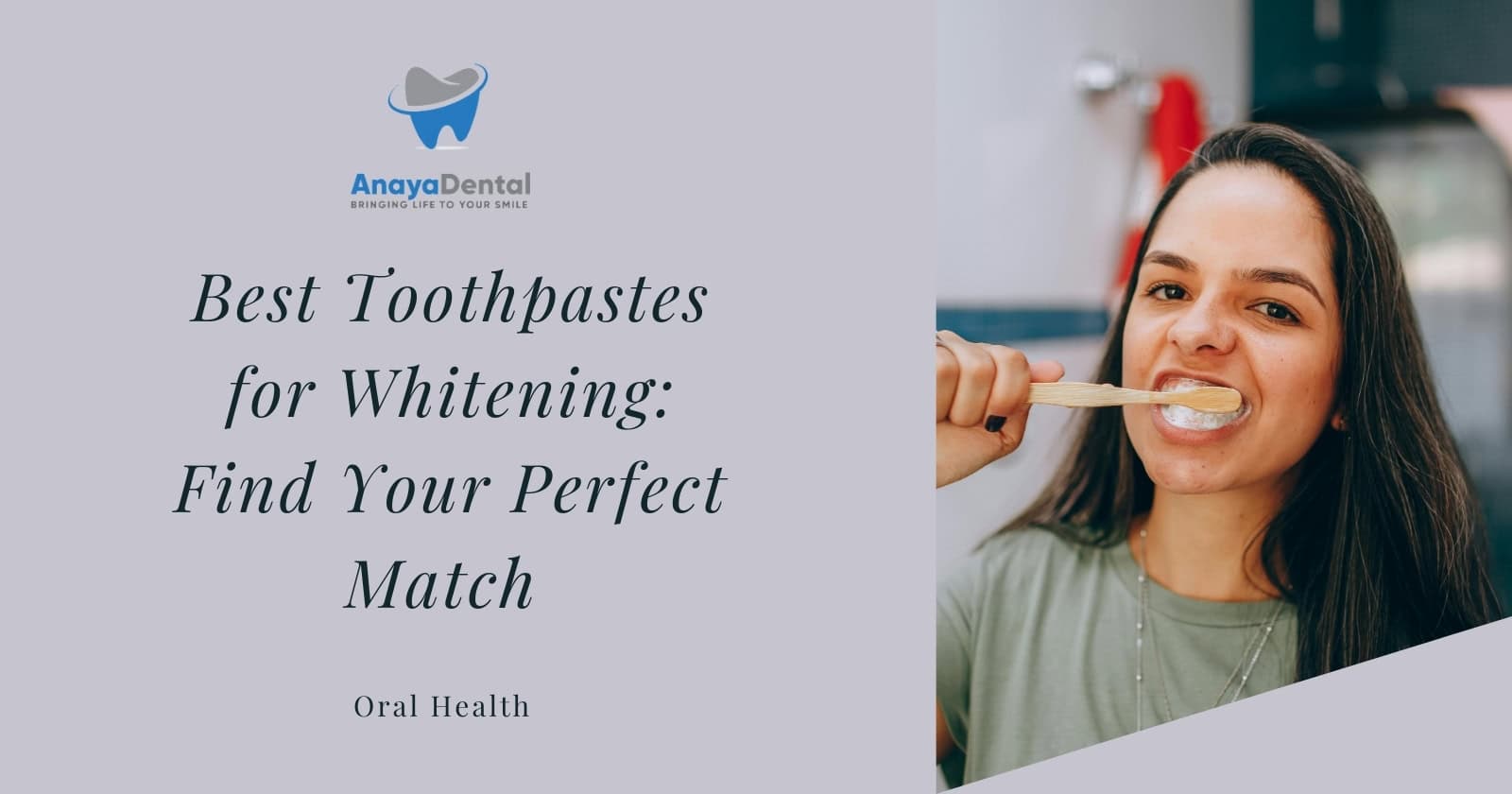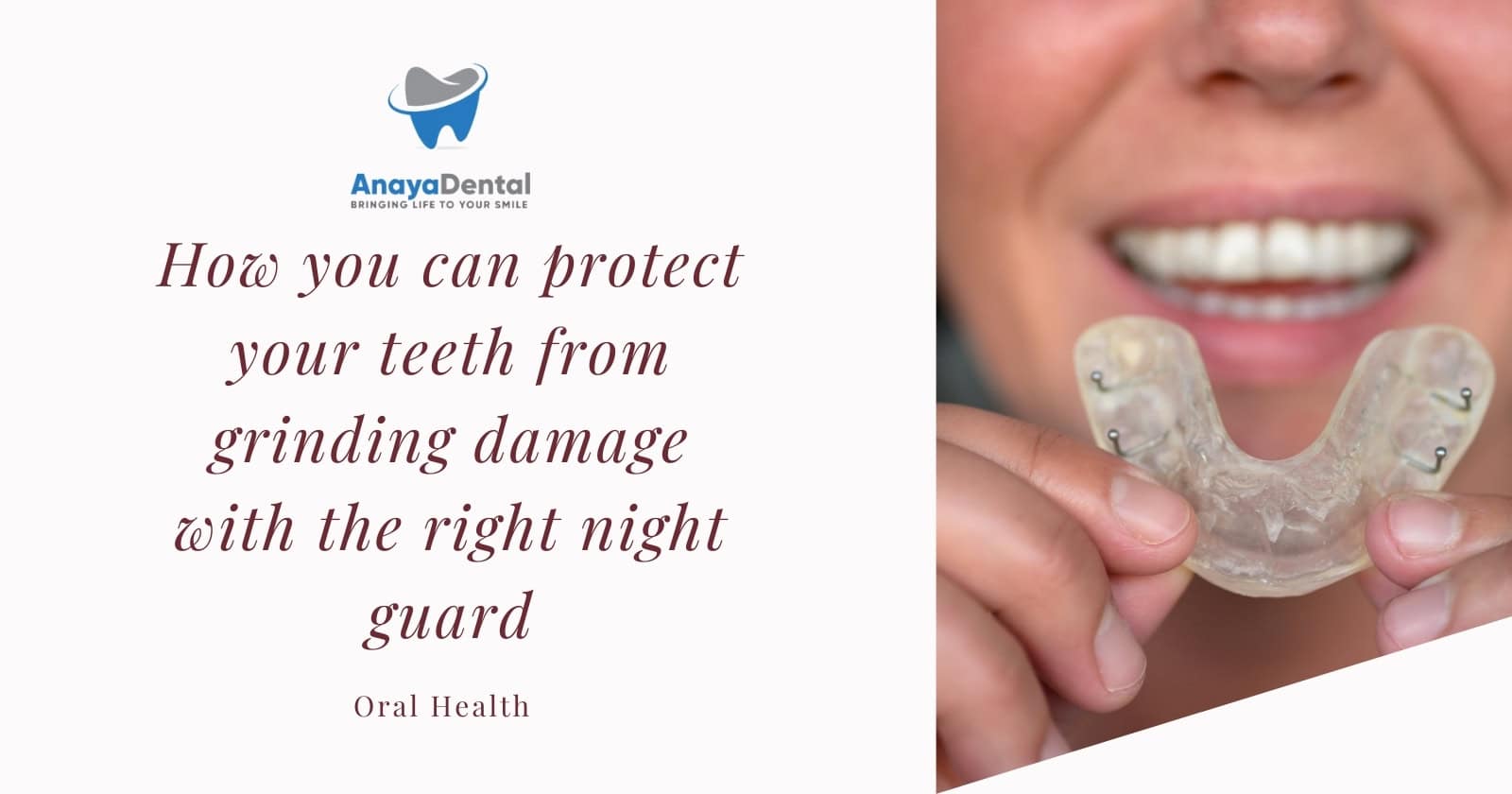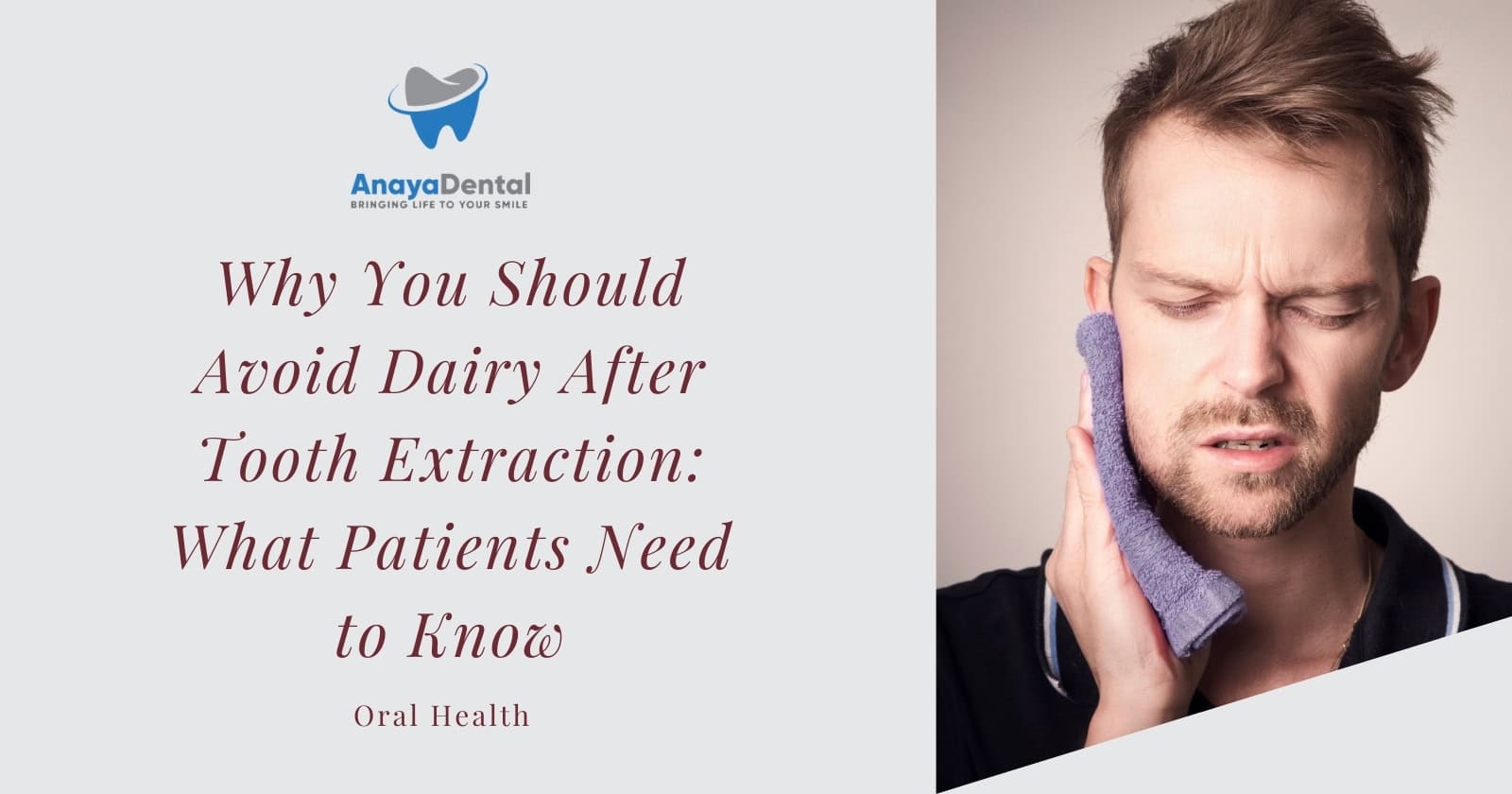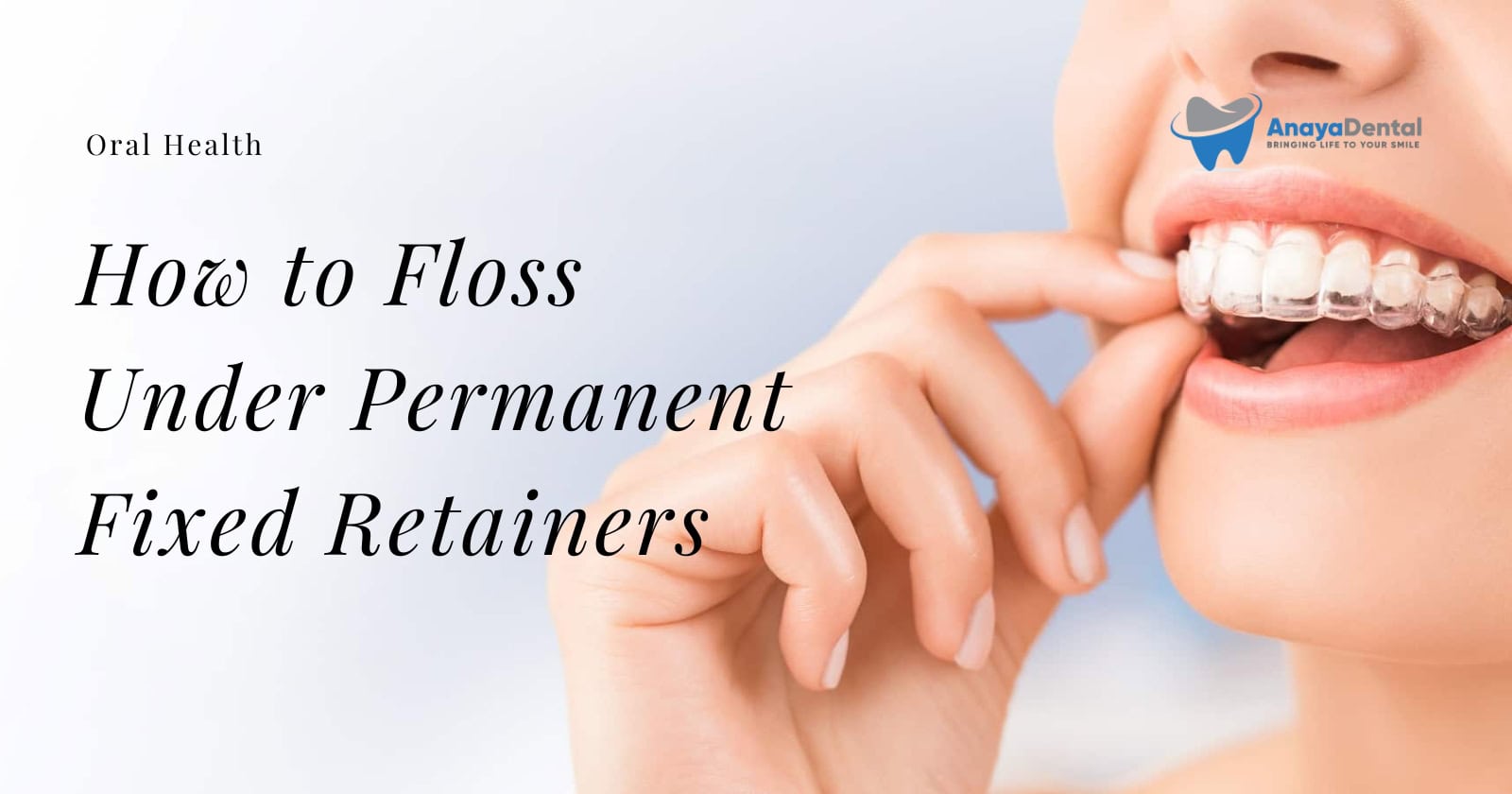Are you struggling to slide dental floss between your closely packed teeth? You’re not alone. According to dental professionals, patients with tight teeth spacing often find traditional flossing both challenging and uncomfortable—yet proper interdental cleaning remains essential for oral health.
Finding the right dental floss for tight teeth can transform your daily oral hygiene routine from a frustrating experience to an effective and pain-free practice. This guide will help you navigate the various options available and identify which floss might work best for your specific needs.
Why the Right Floss Matters for Tight Teeth
Before diving into specific products, it’s important to understand why specialized floss for tight teeth is necessary. When teeth are crowded or have minimal spacing between them, standard dental floss creates several problems:
Try Our Dental Calculators
Standard floss often frays or shreds when you try to force it between tightly packed teeth, making it ineffective at cleaning and frustrating to use.
The pressure needed to insert regular floss between tight teeth commonly causes it to snap, leaving annoying fragments trapped between teeth that require additional tools to remove.
Many people experience sharp pain or gum irritation when pushing conventional floss into tight spaces, turning a healthy habit into an uncomfortable ordeal.
The combination of these challenges leads many people with tight teeth to skip flossing altogether, despite knowing its importance for oral health.
Regular flossing helps prevent gum disease and cavities in places your toothbrush can’t reach. According to the Mayo Clinic, flossing is essential for removing plaque and food particles from between teeth and under the gumline.
Types of Dental Floss Ideal for Tight Spaces
PTFE-Based Flosses
PTFE (polytetrafluorethylene) flosses offer exceptional benefits for people with tight teeth:
These flosses provide superior gliding ability between crowded teeth, slipping through spaces where other flosses get stuck. The material slides smoothly between contact points that would trap conventional options.
The molecular structure of PTFE creates a remarkably shred-resistant material that maintains its integrity even when pulled through the tightest spaces between teeth, eliminating the frustration of torn floss strands.
The surface properties of PTFE create minimal friction during both insertion and removal, reducing the pushing force needed and making the overall experience more comfortable for sensitive gums.
Oral-B Glide consistently receives top recommendations from dental professionals for tight teeth. Its slick surface allows it to navigate tight spaces with minimal resistance while remaining strong enough to withstand tearing. However, some dental hygienists note that its extreme smoothness may make it slightly less effective at removing plaque compared to textured options.
Specialty Waxed Flosses
Waxed flosses provide an excellent balance between gliding ability and cleaning effectiveness:
The wax coating acts as a lubricant that enables smoother movement between tight teeth, helping the floss navigate challenging contact points without requiring excessive force or multiple attempts.
Manufacturers apply wax to strengthen the underlying structure of the floss, which substantially prevents fraying and breakage during use, making your flossing session less frustrating and more efficient.
The textured surface of quality waxed floss delivers better plaque removal than extremely slick options, as the slight tackiness of the wax helps grab and remove bacterial buildup from tooth surfaces rather than simply gliding over it.
Listerine Ultraclean stands out in this category, earning strong endorsements from dental hygienists specifically for tight teeth. Its unique combination of thinness and slight elasticity allows it to navigate tight spaces while effectively removing plaque. The microscopic crystals in this floss create a textured surface that helps clean teeth without being too bulky for crowded spaces.
Expanding Flosses
These innovative products start thin for easy insertion but expand when in contact with saliva:
The initial slender profile of these flosses facilitates smooth entry between tight teeth, allowing you to navigate even the most challenging contact points without the resistance encountered with thicker options.
Once positioned between teeth, the material absorbs saliva and expands to fill the interdental space, providing substantially better cleaning coverage by reaching areas that would be missed by flosses that maintain a constant width.
The expanded material adapts and conforms naturally to irregular tooth surfaces, pressing against the microscopic ridges and depressions where plaque accumulates, enhancing removal of bacteria and food particles for a more thorough clean.
Silk expanding dental floss changes dimension upon contact with saliva, making it particularly suitable for tight teeth. This dimensional change allows it to clean effectively while still being insertable between crowded teeth.
Top Brand Recommendations for Tight Teeth
Based on dental professional recommendations and user experiences, these brands consistently perform well for tight teeth:
Oral-B Glide
Advantages:
- Exceptional gliding properties
- Highly resistant to shredding
- Thin profile fits most tight spaces
Disadvantages:
- May be less effective at plaque removal than textured options
- Contains PFAS chemicals (environmental concerns)
Listerine Ultraclean
Advantages:
- Balances thinness with cleaning effectiveness
- Textured surface for better plaque removal
- Slightly elastic for easier navigation
Disadvantages:
- Some users report occasional shredding in extremely tight spaces
DenTek Products
DenTek offers multiple products specifically engineered for tight teeth:
- DenTek Triple Clean Advanced Clean Floss Picks feature their “thinnest, strongest floss” composed of over 200 individual cleaning strands that are fluoride-infused
- DenTek Comfort Clean line is explicitly designed for those with tight teeth and sensitive gums
These products use strong yet thin flossing bands and are designed with ergonomics in mind to reach difficult areas while still being gentle on gums.
Other Notable Options
- Moon Graphite Grey Floss: A thinner, PFA-free alternative similar to Glide
- POH floss: Specifically recommended by some dental professionals for patients with tight contacts
- Dr. Tung’s Smart Floss: Features a unique design that allows it to be stretched thin for insertion between tight teeth
Alternative Solutions for Extremely Tight Teeth
If you’ve tried multiple floss varieties without success, consider these alternatives:
Water Flossers
Water flossers use pressurized water to clean between teeth and can be effective at removing debris from tight spaces.
Important note: Dental professionals emphasize that water flossers should complement rather than replace traditional flossing, as they don’t provide the same mechanical plaque removal.
Specialized Floss Picks
Floss picks designed specifically for tight teeth offer improved maneuverability and control. The angled, triangulated heads on some designs make reaching back teeth easier. These tools are particularly valuable if you:
- Find traditional floss difficult to manipulate
- Need to floss on the go
- Have dexterity challenges
How to Choose the Right Floss for Your Teeth
When selecting dental floss for tight teeth, weigh these crucial factors:
- Thickness: Measure the width of floss options when shopping. Narrower flosses navigate challenging spaces between crowded teeth without requiring excessive force or causing discomfort.
- Material strength: Examine how the floss holds up under tension. Strong, shred-resistant materials will maintain their integrity even when pulled through tight contact points, saving you from the frustration of torn floss fragments.
- Surface texture: Find the right balance for your teeth. Slightly textured surfaces remove more plaque while gliding surfaces ease insertion – your ideal floss provides both benefits without sacrificing either.
- Comfort: Pay attention to how floss feels against your gums. Smooth, well-designed flosses with pleasant flavors transform a daily chore into a more enjoyable experience, increasing the likelihood you’ll maintain the habit.
- Environmental impact: Research the materials in your floss. Many consumers now seek PFAS-free alternatives that provide similar performance without the environmental concerns associated with forever chemicals.
The best approach may be to try several recommended flosses to determine which works best for your specific dental anatomy and preferences.
Proper Flossing Technique for Tight Teeth
Even with the right floss, proper technique is crucial:
- Use approximately 18 inches of floss
- Hold the floss tightly between your thumbs and forefingers
- Gently guide the floss between teeth using a sawing motion
- Curve the floss around each tooth in a C-shape
- Slide the floss up and down against the tooth surface and under the gumline
- Use a new section of floss as you move from tooth to tooth
For extremely tight spaces: Try slightly moistening the floss before insertion or stretching thinner flosses slightly as you insert them.
Cost Comparison of Floss Options
| Floss Type | Approximate Cost Range | Longevity | Value Rating |
|---|---|---|---|
| PTFE (Glide) | $4-7 per pack | High (resistant to shredding) | ★★★★☆ |
| Listerine Ultraclean | $3-5 per pack | Medium | ★★★★★ |
| DenTek Floss Picks | $3-6 per pack | Medium-High | ★★★★☆ |
| Expanding Floss | $5-8 per pack | Medium | ★★★☆☆ |
| Water Flossers | $30-90 (one-time) | Long-term investment | ★★★★☆ |
Quick Review: Finding Your Ideal Floss
- PTFE-based flosses like Oral-B Glide offer superior gliding ability for the tightest spaces
- Specialty waxed options like Listerine Ultraclean balance gliding with effective cleaning
- DenTek products are specifically engineered for tight teeth challenges
- Expanding flosses provide an innovative approach for tight spaces
- Water flossers can complement traditional flossing for comprehensive care
Remember, the most effective dental floss is ultimately the one you’ll use consistently. For persistent difficulties or extremely tight contacts, consulting with your dentist or dental hygienist can provide personalized recommendations tailored to your unique dental anatomy.
